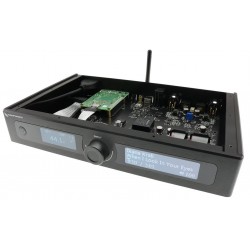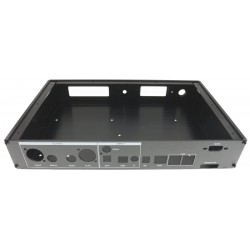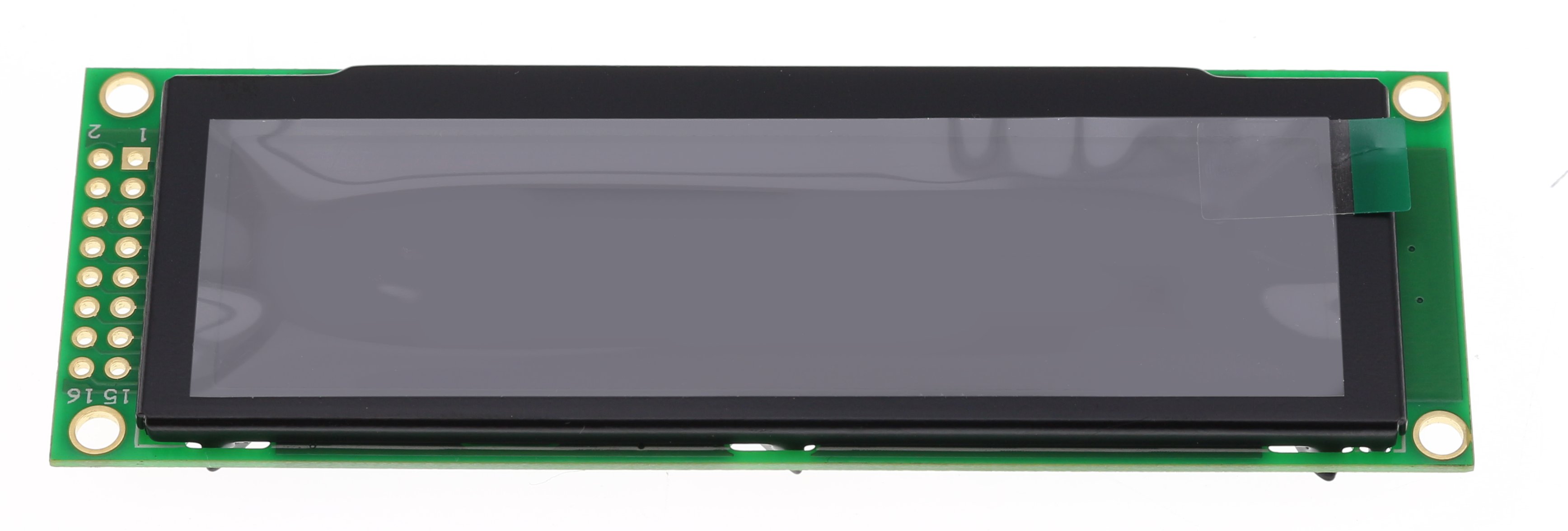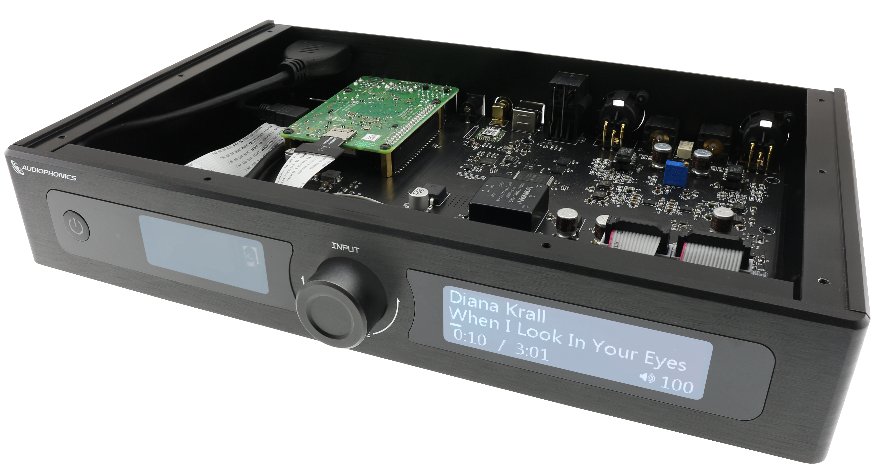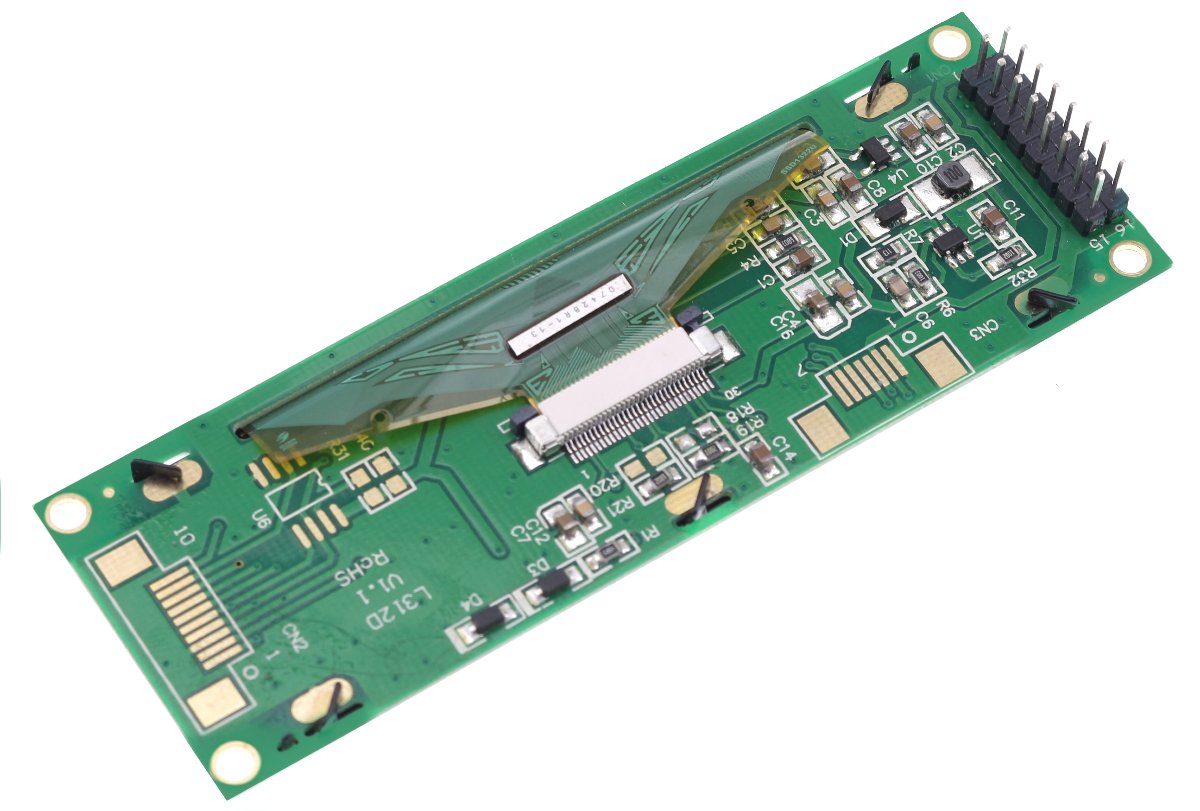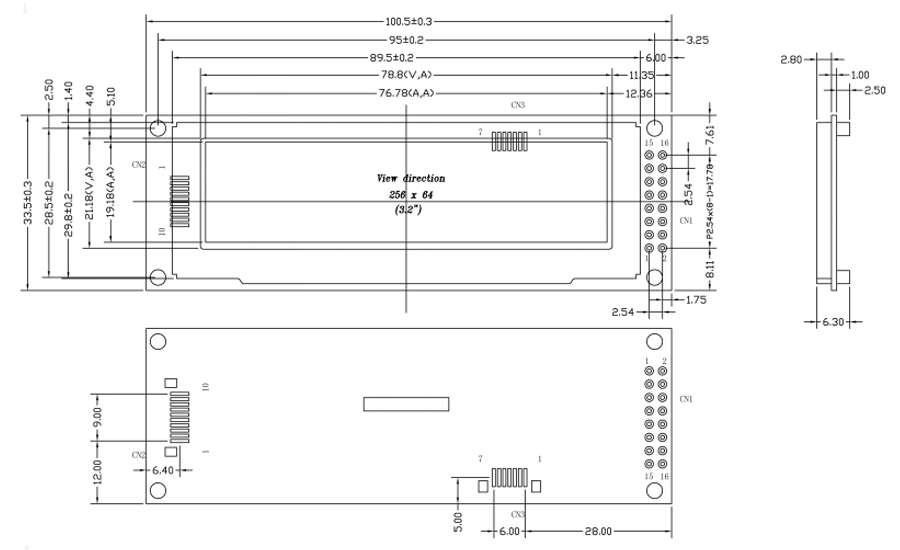Great display, after some hours of struggling (I'm a beginner) I managed to drive this display with my NodeMCU microcontroller, from Arduino IDE, using the u8g2 graphics library. Amazing, it's using the fast mode (hardware SPI), with 3 wires only (4 is optional) + GND + 3v3.
You can see the library's example here, doing a demo:
https://www.youtube.com/watch?v=VX7gFL9v1qo
Amazing little display and very nice, refined screen. Top quality.
Please Audiophonics, keep this on stock, a lot of them, as long as you can. Really easy to work with.
Highly recommended.

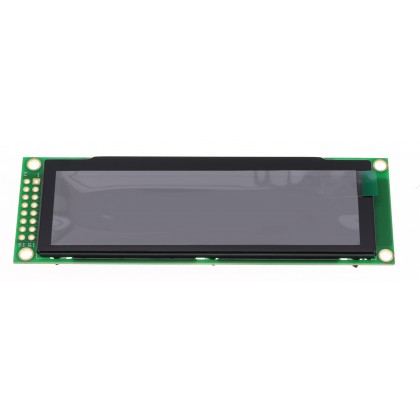





![[GRADE B] FIIO K9 PRO ESS DAC 2x ES9038PRO Headphone Amplifier 2x THX-AAA 788+ Bluetooth aptX-HD LDAC 32bit 384kHz DSD256 MQA](https://www.audiophonics.fr/60594-thumb_default/fiio-k9-pro-ess-dac-2x-es9038pro-headphone-amplifier-2x-thx-aaa-788-bluetooth-aptx-hd-ldac-32bit-384khz-dsd256-mqa.jpg)














